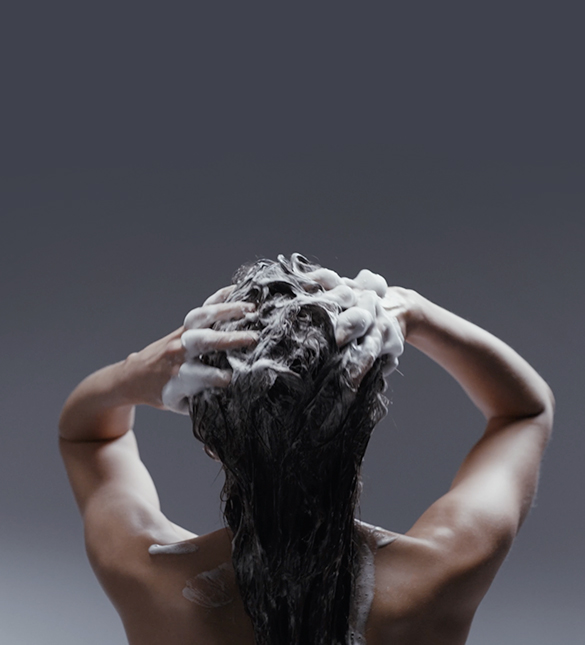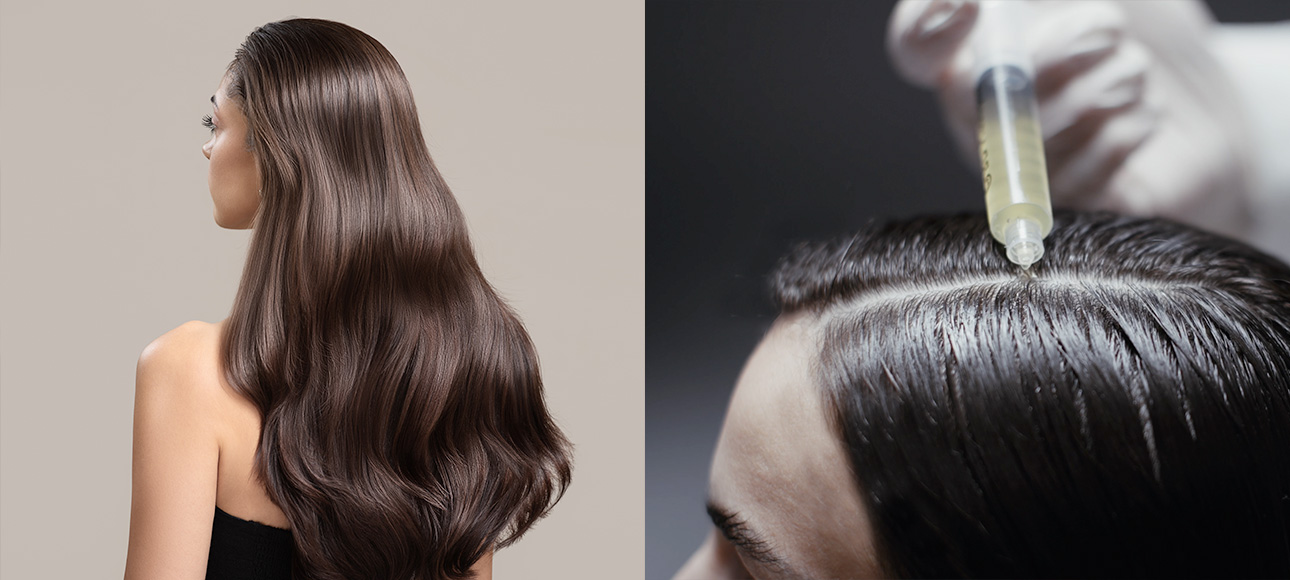
Extensions are as popular as ever, but to avoid damage and hair loss you’d be wise to follow Ricardo Vila Nova’s expert tips.
From wigs, hair pieces and clip-ins, to weaves, tapes, bonded extensions and more, there’s so many ways to enhance your tresses. And with the global hair extension market valued at $7.3 billion in 2022, and expected to reach $22.2 billion by 2032, it looks like we’re not planning on going au natural anytime soon. But, if you’re not careful hair extensions can cause hair thinning, traction alopecia and more.
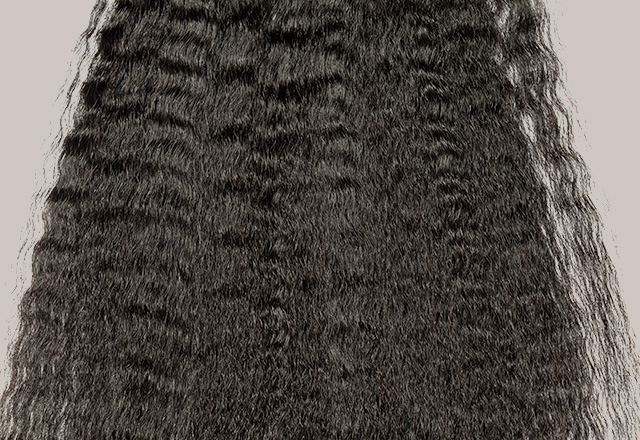
The damage varies depending on what type of hair extensions you pick, how they are applied and how well you maintain them. “Traction alopecia – a form of hair loss caused by constant pulling of your hair – can become an issue if you opt for weaves, bonded or micro-ring extensions as the former involves braiding the hair flat before sewing in wefts of hair that can be pretty heavy. While the later extension types are placed about a quarter of an inch away from the root of the hair and are often worn for months. With many women keeping them in for a lot longer than they should. Over time the weight of the hair can damage hair follicles and result in temporary or permanent hair loss,” explains Ricardo Vila Nova. Not only that, but in general hair pieces that are long, and heavy can also pull on your own hair strands and cause thinning, and weakening of the hair as well as hair loss if you don’t look after your mane. So, here’s how to look after your hair if you’ve developed a pension for boosting your tresses with the help of hair extensions.
1. Choose the right hair extensions
You probably don’t want to hear this, but if you already suffer from hair loss, then not all hair extensions are for you. For example, you may have been wearing bonded or micro-ring extensions for years without any breaks and you’ve noticed areas that are thinning or even bald patches where traction alopecia has taken hold. If that’s the case, now’s the time to rethink your extension choices. “Alongside a treatment strategy, it would be wise to ditch hair extensions altogether and give your tresses a breather. But if you can’t fathom life without a voluminous barnet then I would recommend clip-ins that you can easily remove,” says Vila Nova.
For those who want a longer-term solution, tape hair extensions are also considered to be a gentler form of extension as larger sections of hair are sandwiched between the tapes compared to the small sections used when applying bonded or micro-ring extensions. However, long-term options for afro textured hair mean rocking wigs, or weaves. “You have to be careful with these options as prepping the hair to lie as flat as possible can mean braids that are too tight. So, be sure to see a stylist who doesn’t over pull the hair if you want to avoid traction alopecia and hair thinning,” adds Vila Nova.
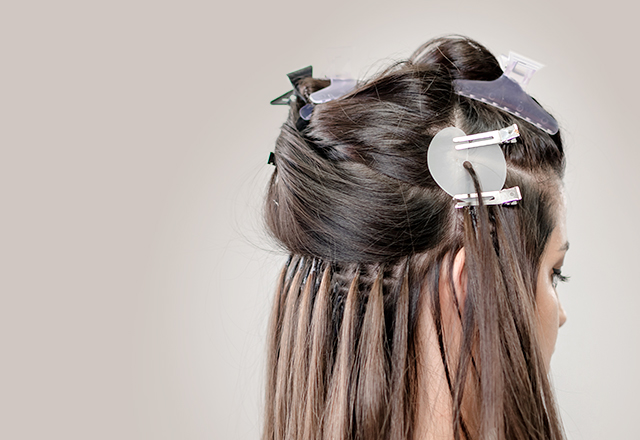
2. Invest in injectables
Not just for your face, injectable treatments extend to the scalp too and can work wonders for the hair. From platelet rich plasma (PRP) injections, and vitamin jabs, to polynucleotide and exosome treatments, trichologists are increasingly ‘borrowing’ the innovations we’d usually associate with non-surgical aesthetic facial treatments and using them on the scalp to strengthen tresses and reverse non-scaring alopecia. “These injectable treatments are especially helpful for people who are putting extra strain on their hair by using hair pieces and extensions. Plus, because they are injected directly into the scalp, treatments can be performed while you’re still wearing your extensions rather than only during times when you’re taking an extension break,” shares Vila Nova.
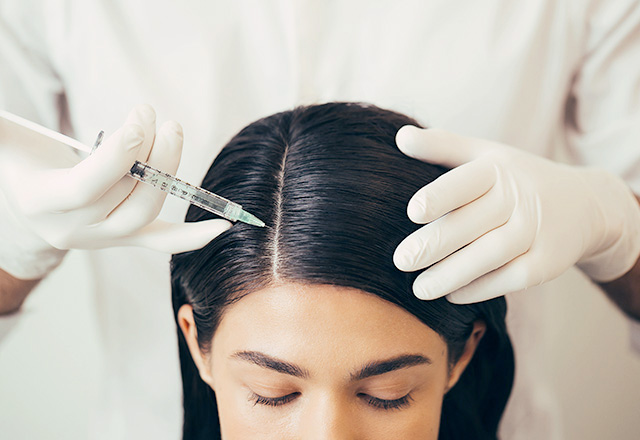
3. Tap into the power of scalp care
Some extension brands warn against deep conditioning your extensions as this can result in the loss of your extensions over time due to ‘slippage’. But this can result in users avoiding scalp conditioning treatments altogether. “Sadly, your conditioning and repairing natural oils will have a hard time travelling down your hair strands if they’re blocked by keratin bonds, micro-rings, or tapes. While hair that’s braided beneath a weave or wig can often become neglected as wearers focus more on how their extensions look rather than how healthy their own natural hair is. “For weave and wig wearers, be sure to use a conditioning oil on your braided hair beneath as well as the new hair that’s grown over time. And whatever type of hair extension you use, you should also invest in a scalp serum that suits your individual needs. From alleviating dryness, to soothing, repairing, and intensely hydrating, there’s a serum for every concern, hair and extension type,” adds Vila Nova.
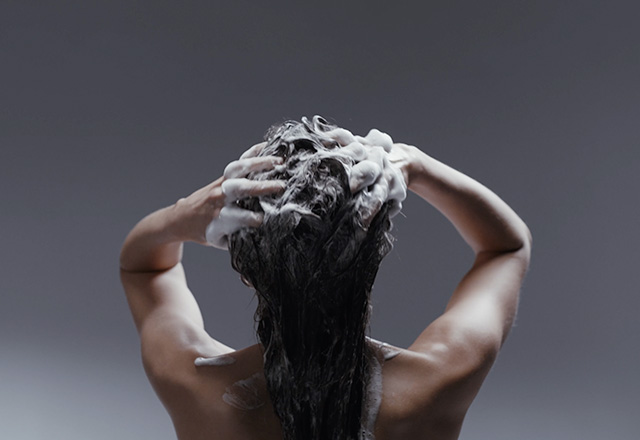
To learn more about how our injectables treatment can enhance your hair health please contact us.

